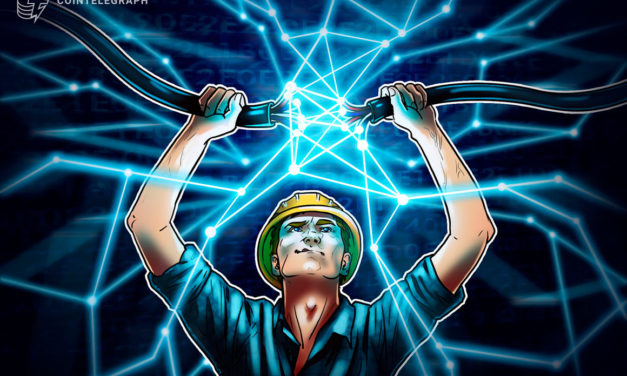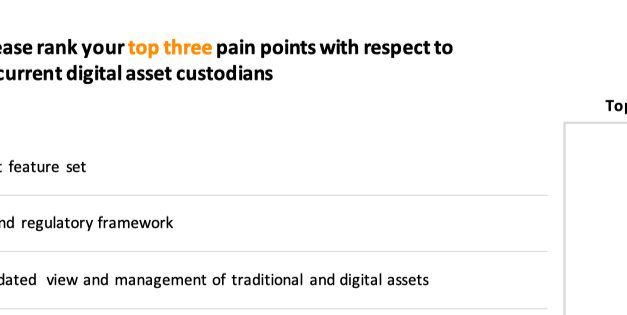‘AI can be defeated with cryptography,’ says Chelsea Manning at SXSW
Cointelegraph sat down with activist and cybersecurity expert Chelsea Manning to discuss how blockchain technology can combat challenges associated with artificial intelligence.
Čítaj viac






